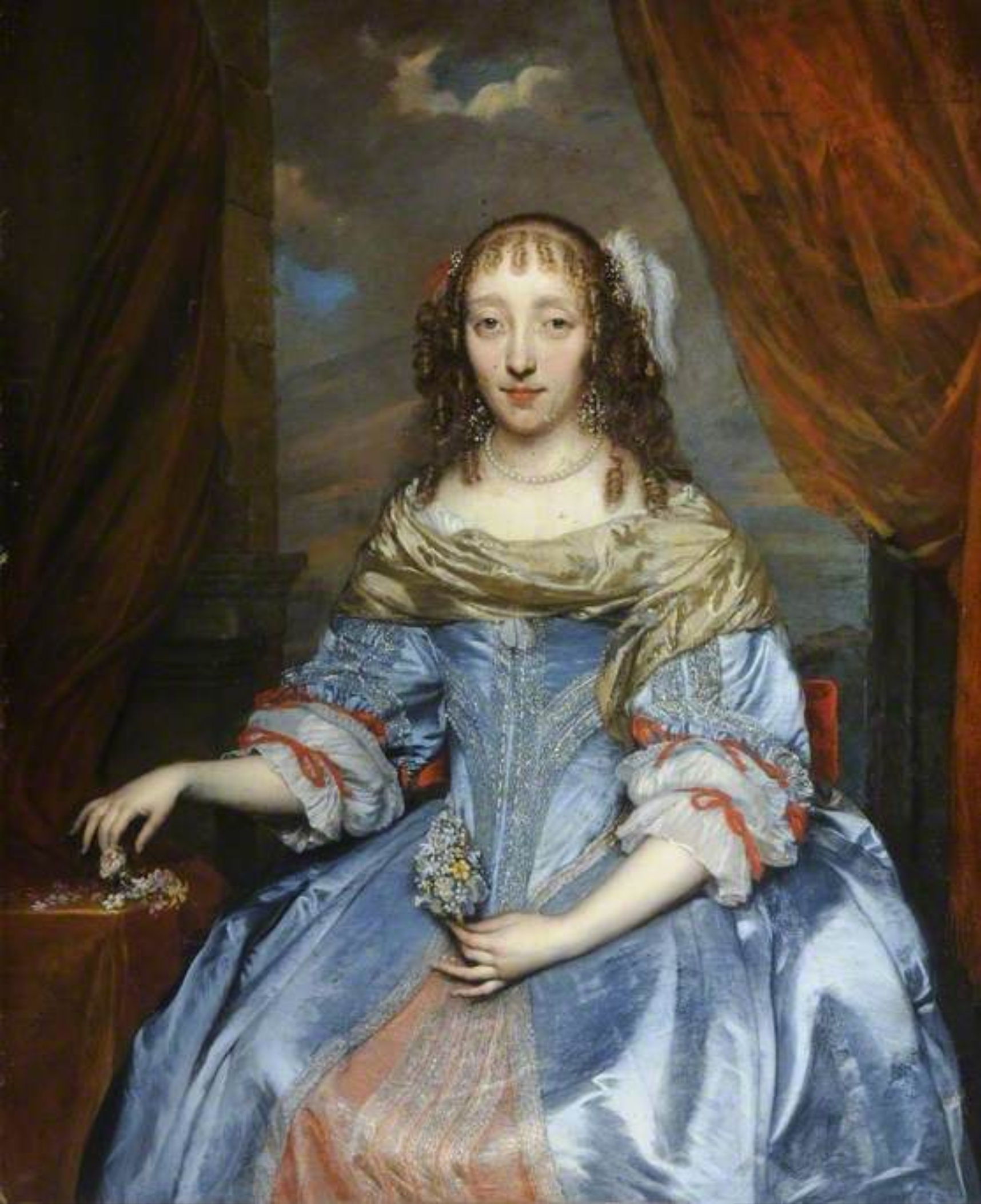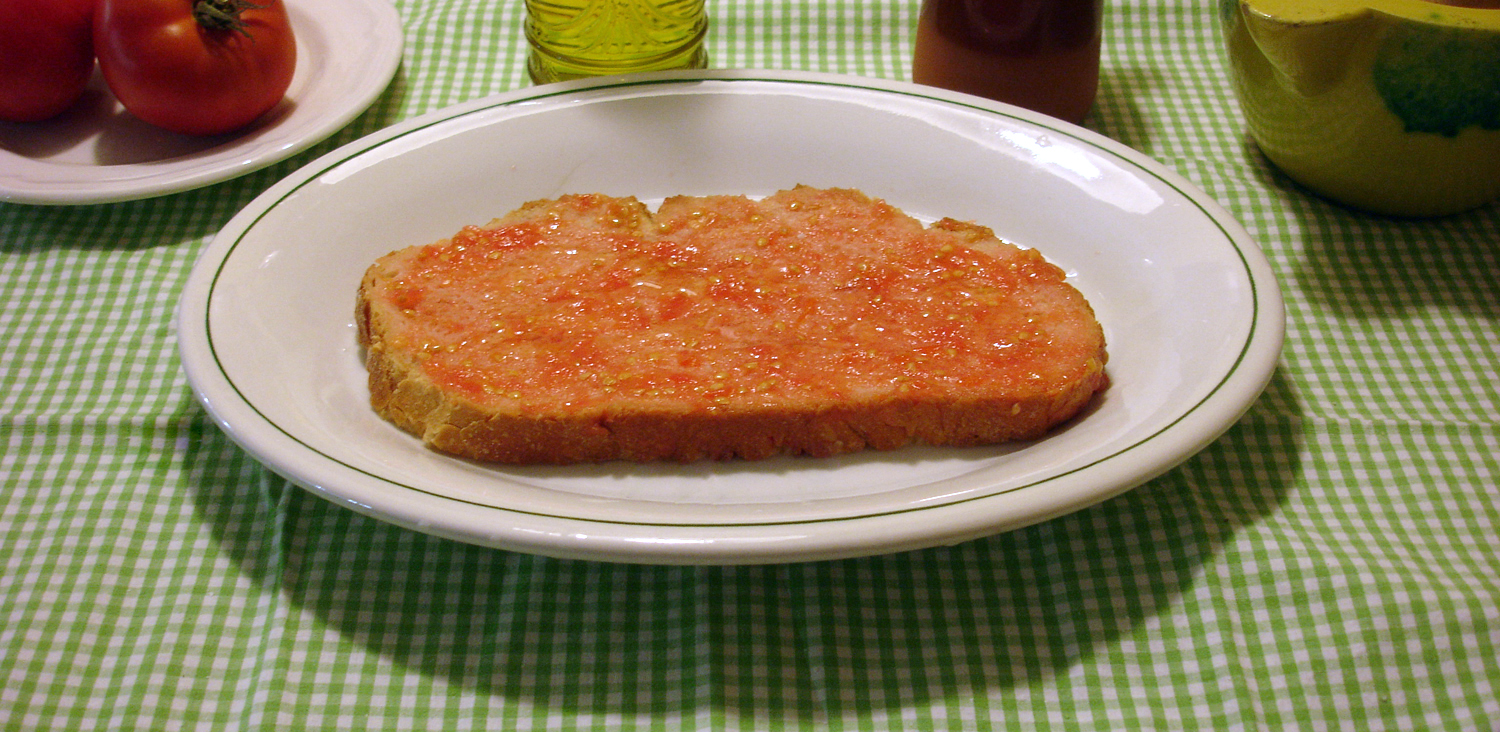|
Coque (other)
Coque or Coques can refer to: People * Gonzales Coques, a Flemish baroque painter. * Coque Malla, a Spanish musician and actor. * Oliver De Coque, a musician * Inofre Coque the first British governor of Mumbai during the British Raj. Places * Grosses Coques, Nova Scotia, community located in Digby County, Nova Scotia. * d'Coque National Sports and Culture Centre in Kirchberg, Luxembourg City, Luxembourg. Things * The plural of Coca (pastry). (See also Valencian cuisine and Catalan cuisine Catalan cuisine is the cuisine from Catalonia. It may also refer to the shared cuisine of Northern Catalonia and Andorra, the second of which has a similar cuisine to that of the neighbouring Alt Urgell and Cerdanya ''comarques'' and which i ...) * A shell as in the monocoque design of modern aircraft and cars. {{Dab ... [...More Info...] [...Related Items...] OR: [Wikipedia] [Google] [Baidu] |
Gonzales Coques
Gonzales Coques (between 1614 and 1618 – 18 April 1684) was a Flemish painter of portraits and history paintings.Veronique van Passel, "Coques ocks; Cox Gonzales onsael; Gonsalo" ''Grove Art Online''. Oxford University Press, ccessed 4 October 2015. Because of his artistic proximity to and emulation with Anthony van Dyck he received the nickname ''de kleine van Dyck'' (the little van Dyck). Coques also worked as an art dealer.Ursula Härting, ''Review of Marion Lisken-Pruss, Gonzales Coques (1614-1684). Der kleine Van Dyck (Pictura Nova. Studies in 16th- and 17th- Century Flemish Painting and Drawing XIII). Turnhout: Brepols 2013. 495 pp, 29 col. pls, 120 b&w illus. '', in: historians of netherlandish art, Newsletter and Review of Books Vol. 30, No. 2, November 2013, pp. 46–47 Life Coques was born in Antwerp as the son of Pieter Willemsen Cock and Anne Beys. There is no certainty regarding the exact date of his birth. Estimates range between c. 8 December 1614, the date ... [...More Info...] [...Related Items...] OR: [Wikipedia] [Google] [Baidu] |
Coque Malla
Jorge "Coque" Malla (born 22 October 1969, in Madrid) is a Spanish musician and actor, frontman of the group Los Ronaldos (Founded in 1985). His mother was the actress Amparo Valle, who died on 29 September 2016. Filmography He starred in the 1994 film '' Todo es mentira'' with Penélope Cruz, and in the 1998 film '' Nothing in the Fridge'' alongside María Esteve. He won a Goya Award for Best Original Song ("Este es el momento") in the film '' Campeones''. Discography * ''Soy un astronauta más'' (1999) * ''Sueños'' (2004) * ''La hora de los gigantes'' (2009) * ''La hora de los gigantes - Edición especial'' (2010) * ''Termonuclear'' (2011) * ''Termonuclear en casa de Coque Malla'' (2011) * ''Mujeres'' (2013) — duets with Leonor Watling, Ángela Molina, Anni B Sweet, Jeanette, Alondra Bentley * ''Canta a Rubén Blades'' (2015) * ''El último hombre en la Tierra'' (2016) * ''Irrepetible'' (2018) — duets with Neil Hannon of the Divine Comedy The ''Divine Comedy'' ... [...More Info...] [...Related Items...] OR: [Wikipedia] [Google] [Baidu] |
Inofre Coque
Humphrey Cooke, known in Portuguese chronicles as Inofre Coque, was the first English governor of the Bombay Presidency during the rule of the Honourable East India Company. Cooke completed negotiations for the Portuguese surrender of Bombay, begun by Sir Abraham Shipman, and assumed office as governor on 18 February 1665, after being conveyed to Bombay by three East India Company ships. According to Professor Shafaat Ahmad Khan, Cooke "took himself personally the possession and delivery of the said port and town of Bombay, walking thereupon, taking in his hand earth and stones, entering and walking upon its bastions, putting his hands to the walls thereof, and making all other like acts which in right were necessary without any impediment or contradiction." Cooke left office on 5 November 1666, and his treaty was subsequently repudiated by King Charles II. He acquired Mahim, Sion, Dharavi, and Wadala Wadala (also spelled Vadala, formerly spelt Wuddala, �əɖaːɭa is ... [...More Info...] [...Related Items...] OR: [Wikipedia] [Google] [Baidu] |
Grosses Coques, Nova Scotia
Grosses Coques is the name of a village in Digby County, Nova Scotia. It is so named for the big clams found there. General Service Areas in Nova Scotia Communities in Digby County, Nova Scotia {{DigbyNS-geo-stub ... [...More Info...] [...Related Items...] OR: [Wikipedia] [Google] [Baidu] |
D'Coque
The National Sports and Culture Centre d'Coque ''(french: Centre National Sportif et Culturel d'Coque),'' better known simply as d'Coque, ( en, The Hull or The Shell) is a sporting and cultural venue with an indoor arena and Olympic-sized swimming pool, amongst other facilities, in Kirchberg, a quarter of Luxembourg City, in Luxembourg. More recently it has expanded into providing onsite hotel services, and acting as a conference venue. History Planning Plans for an ambitious national sports venue, as part of wider national sports programme in Luxembourg began in the 1960s with a stated aim of the government of the time being to compete in the international arena, where it was believed it could make a name for itself. On 12 July 1969, the then Minister of Physical Education and Sports, Gaston Thorn, organised a roundtable with stakeholders, where the most preeminent view was that modern sports facilities should be available and easily accessible to athletes and civil societ ... [...More Info...] [...Related Items...] OR: [Wikipedia] [Google] [Baidu] |
Kirchberg, Luxembourg
Kirchberg ( lb, Kierchbierg, meaning "church hill") is a quarter in north-eastern Luxembourg City, in southern Luxembourg. It consists of a plateau overlooking the north-east of the historical city center, Ville Haute, connected to the rest of the elevated city by the Grand Duchess Charlotte Bridge, which spans the Pfaffenthal valley. It is often referred to, in reference to the geographical feature it inhabits, as the Kirchberg plateau, or simply Kirchberg by Luxembourgish residents. Kirchberg is the predominant location of the European Union institutions and bodies based within Luxembourg, and is sometimes used as a metonym for the EU's judiciary, which occupies the quarter. It is thus the central business district of Luxembourg. History Although Kirchberg is first mentioned in historical records in 1222, one may assume there was an earlier settlement there, due to its useful location close to the Roman road from Reims to Trier. Little now remains of this ''Kiemwee'' (Roman ... [...More Info...] [...Related Items...] OR: [Wikipedia] [Google] [Baidu] |
Luxembourg City
Luxembourg ( lb, Lëtzebuerg; french: Luxembourg; german: Luxemburg), also known as Luxembourg City ( lb, Stad Lëtzebuerg, link=no or ; french: Ville de Luxembourg, link=no; german: Stadt Luxemburg, link=no or ), is the capital city of the Luxembourg, Grand Duchy of Luxembourg and the Communes of Luxembourg, country's most populous commune. Standing at the confluence of the Alzette and Pétrusse rivers in southern Luxembourg, the city lies at the heart of Western Europe, situated by road from Brussels, from Paris, and from Cologne. The city contains Luxembourg Castle, established by the Franks in the Early Middle Ages, around which a settlement developed. , Luxembourg City has a population of 128,514 inhabitants, which is more than three times the population of the country's second most populous commune (Esch-sur-Alzette). The city's population consists of 160 nationalities. Foreigners represent 70% of the city's population, whilst Luxembourgers represent 30% of the populat ... [...More Info...] [...Related Items...] OR: [Wikipedia] [Google] [Baidu] |
Luxembourg
Luxembourg ( ; lb, Lëtzebuerg ; french: link=no, Luxembourg; german: link=no, Luxemburg), officially the Grand Duchy of Luxembourg, ; french: link=no, Grand-Duché de Luxembourg ; german: link=no, Großherzogtum Luxemburg is a small landlocked country in Western Europe. It borders Belgium to the west and north, Germany to the east, and France to the south. Its capital and most populous city, Luxembourg, is one of the four institutional seats of the European Union (together with Brussels, Frankfurt, and Strasbourg) and the seat of several EU institutions, notably the Court of Justice of the European Union, the highest judicial authority. Luxembourg's culture, people, and languages are highly intertwined with its French and German neighbors; while Luxembourgish is legally the only national language of the Luxembourgish people, French and German are also used in administrative and judicial matters and all three are considered administrative languages of the cou ... [...More Info...] [...Related Items...] OR: [Wikipedia] [Google] [Baidu] |
Coca (pastry)
The coca (, ) Coc or Fogassa is a pastry typically made and consumed in Catalonia,Eliana Thibaut i Comalada, ''Les Coques Catalanes'', Proa, Barcelona 1995. the Aragonese Strip, most of Valencia, the Balearic Islands, Andorra and in French Catalonia. All around the Mediterranean there are similar typical dishes. Etymology The word ''coca''—plural ''coques''—comes from Dutch during the Carolingian Empire, and shares the same roots as the English "cake" and the German "Kuchen". Similarities There are many diverse cocas, with four main varieties: sweet, savoury, closed and open. All of them use dough as the main ingredient, which is then decorated. This dough can be sweet or savoury. If it is sweet, eggs and sugar are added, and if it is savoury, yeast and salt. As regards the topping or filling, fish and vegetables are usual at the coast whilst inland they prefer fruit, nuts, cheese and meat. Some cocas can be both sweet and savoury (typically mixing meat and fruit). ... [...More Info...] [...Related Items...] OR: [Wikipedia] [Google] [Baidu] |
Valencian Cuisine
250px, '' Oranges, typical fruit from Valencian Community'' Valencian cuisine is a Mediterranean cuisine as cooked in the Valencian Community, Spain. Its basic ingredients are vegetables, seafood and meat. It is famous worldwide for its rices, such as paella, and its citrus fruits. The cuisine of neighbouring regions have given and received important contributions from Valencian gastronomy, amongst them Balearic cuisine, Catalan cuisine, Aragonese cuisine, Manchego cuisine and Murcian cuisine. Main dishes '' Allioli sauce'' *Paella. The most famous Valencian dish is one of the most recent. Although many towns claim to be the birthplace of paella, it is usually considered native to Albufera and Ribera, just south of Valencia. It can be found in two main varieties, with chicken and rabbit or with seafood. Nowadays paella can be found around the world and especially throughout Spain and Latin America. The name comes from the large pan ('paella' in Valencian) where it is cooked. ... [...More Info...] [...Related Items...] OR: [Wikipedia] [Google] [Baidu] |
Catalan Cuisine
Catalan cuisine is the cuisine from Catalonia. It may also refer to the shared cuisine of Northern Catalonia and Andorra, the second of which has a similar cuisine to that of the neighbouring Alt Urgell and Cerdanya ''comarques'' and which is often referred to as "Catalan mountain cuisine". It is considered a part of western Mediterranean cuisine. History There are several Catalan language cookbooks from the Middle Ages that are known to modern scholars. The ' (1520) was one of the most influential cookbooks of Renaissance Spain. It includes several sauce recipes made with ingredients such as ginger, mace powder ('), cinnamon, saffron, cloves ('), wine and honey. '' Salsa de pagó'' took its name from the peacock ( ca, el paó) that it was intended to be served with, but could accompany any type of poultry, and was part of the medieval Christmas meal. ' (or ' as it's called in the '' Cuoco Napoletano'') was half-roasted (') poultry that was finished in a ''salsa'' thicken ... [...More Info...] [...Related Items...] OR: [Wikipedia] [Google] [Baidu] |




